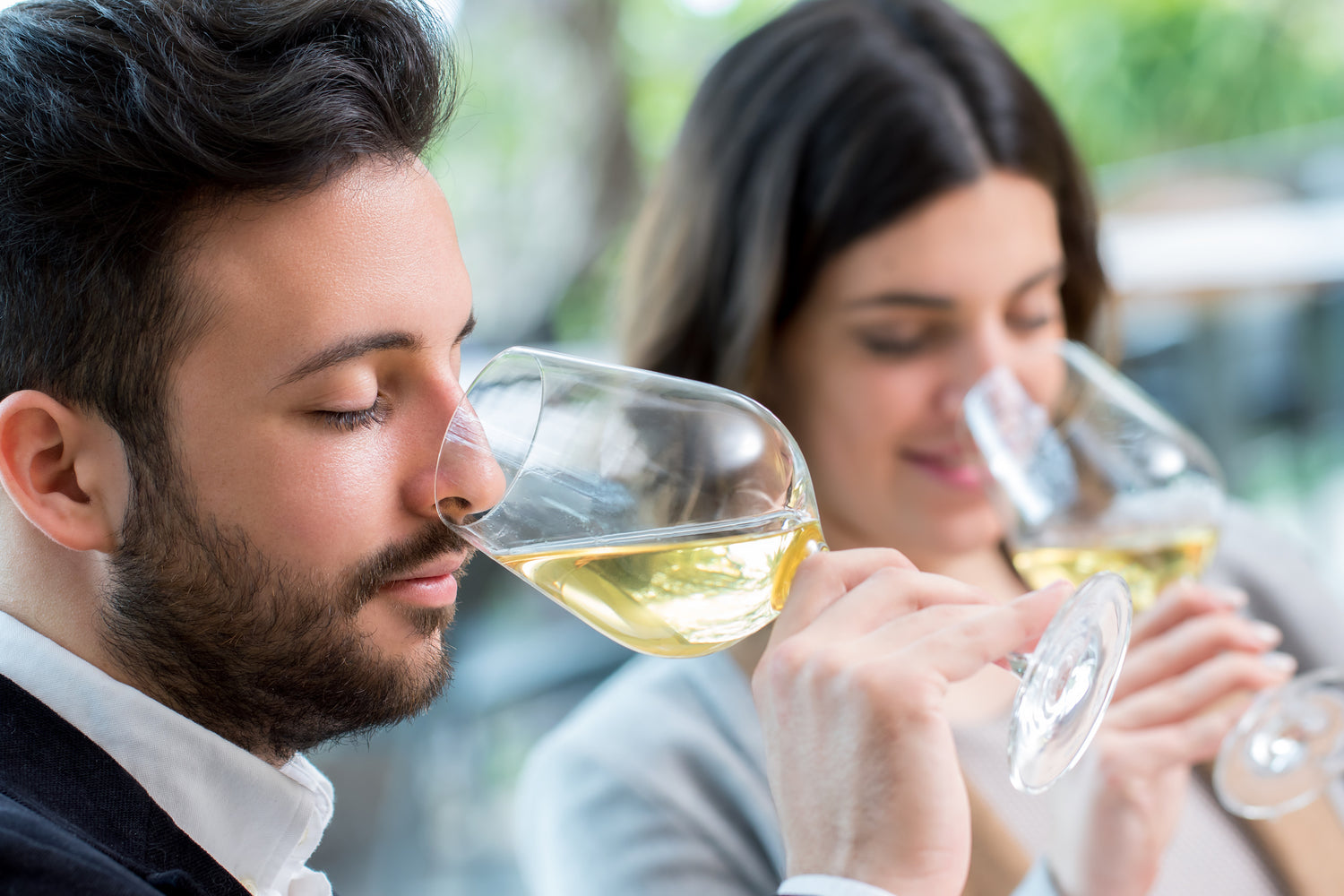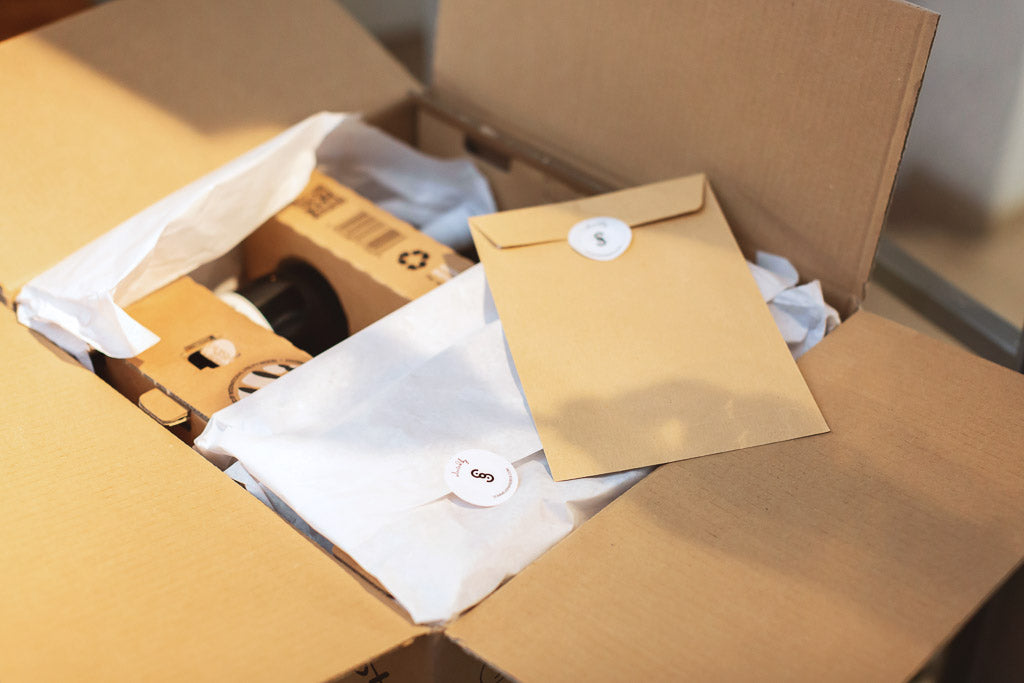Tasting a wine is one of life's greatest pleasures, an experience that makes you feel like you are on the Moon, giving unique sensations that are remembered over time. And in the end it doesn't matter how high you go, the important thing is to have the tools to climb. We have collected some tricks and tips to better taste and understand the quality of the wine even if you are not that expert.
What is inside the bottle, in fact, is a precious liquid, created with years of effort and care: it is best to taste it with awareness. Here is a collection of 24 little tricks to taste like sommeliers.
Before starting
FEW (FUNDAMENTAL) RULES FOR PERFECT TASTING
- Make sure that the room you are in is not affected by odors;
- Avoid perfumes altogether;
- Do not smoke before tasting;
- Choose a logical sequence among the wines to taste;
- Don't let the producer's fame (or lack of fame) influence you;
- Don't taste (with the intention of understanding something) if you have a cold.
Let's go!
WINE SERVING TEMPERATURE
1. Remember that each type of wine must be served at the right temperature so that it can best express its characteristics. To never get the temperature wrong, read here.
2. In general it is important not to serve the wine too cold (to avoid it appearing to be without aromas and "non-alcoholic") or too hot (because the softness would be too noticeable).
3. It is essential to keep in mind the temperature of the room: if it is very hot , serve at a couple of degrees less , anticipating that the wine will heat up easily. And be careful: “room temperature” doesn't mean anything ;-)
SERVE THE WINE
4. To avoid spilling the wine while serving it, simply turn your wrist a quarter turn when you are finishing filling the glass.
5. Do not fill the glass too much, the ideal is to reach a third of the capacity , to best express the aromas of the wine (if you fill it to the brim, in fact, you cannot swirl the glass and the aromas remain imprisoned). The case of the flute is different - the glass with a narrow and elongated shape - which must be filled almost completely to allow the perlage to rise upwards and release the aromas close to the nose. It must be said, however, that today medium-large glasses are also used for the Classic Method.
THE COLOR OF WINE
6. The color already gives the first information about the wine: it must be observed against a white surface . This explains the classic sommelier gesture of placing the glass against a sheet of paper.
7. The color of wine depends on many aspects, including its age. To understand what wine we have in front of us, it is good to keep in mind the classic evolution : white wine tends to go from yellow with greenish reflections of youth to amber and gold of maturity. Red, on the other hand, changes over time from violet reflections to increasingly warmer colours. THE
THE PERFUMES OF WINE
8. The recognition of individual scents depends on practice and knowledge of aromas. What is really important is to pay attention to the quality of these aromas , which gives clues to the pleasantness of the wine: the fineness of the aromas generally corresponds to the fineness of the taste.
9. And for those who love to have fun breathing the wine: carry out the olfactory analysis first with a still glass, then by swirling it slowly . The wine can thus express its progression of aromas. For further information on olfactory analysis, please refer to the complete guide.
10. Be careful of habituation , after a while you won't feel anything anymore: allow a few tens of seconds to pass between one breath and another.
THE BODY OF WINE
11. To evaluate the body there is an infallible technique: swirl the liquid and observe the arches (another much-loved concept in sommellerie: they are the "tears" that fall from the top to the bottom of the internal surface of the glass).
Obvious and close arches are the sign of a structured and alcoholic wine . If, however, the arches are distant and flow quickly, the wine is young , low in alcohol and with a light structure.
THE TASTE OF WINE
12. To find out everything about how to taste wine, read the complete guide. Here, a couple of tricks: to enjoy it at its best, the wine should be brought to the entire surface of the mouth .
13. Also try breathing in a little air while sipping: it helps amplify the volatile components.
THE PERSISTENCE OF WINE
14. Long, short, medium persistent... persistence seems like an obsession of sommeliers but it is fascinating because it tells us how long flavors and aromas remain alive after swallowing. To evaluate it there is a trick: after having swallowed the wine, "chew" the air in your mouth and evaluate whether the aromas remain or whether they disappear immediately.
SPARKLING WINE TASTING
15. In a quality sparkling wine, the foam that forms on the surface is evanescent.
16. The grain of the perlage also tells the story of the quality of the sparkling wine: the smaller the bubbles, the better the sparkling wine.
17. One thing is fundamental: never swirl the glass of sparkling wine to avoid losing the effervescence.
RED WINE TASTING
18. When you have the pleasure of tasting a very aged red, the advice is to open it in advance , if necessary up to 6 hours before, simply removing the cork.
19. More on important wines, white or red: to guarantee a more satisfying experience , wine the glass. Just pour a little wine into the glass and let it adhere to the entire internal wall before throwing it away. This way you can be sure that any odors or impurities linked to bad washing will ruin the tasting. For those who want to know more, we have explored winemaking in more detail.
20. And be careful: it is better to avoid the decanter for wines that are too old: after years in the bottle, sudden exposure to oxygen could really ruin them.
21. However, if the wine has deposits , the decanter is perfect.
FINALLY, TO NOT GET HUNGROOVED
22. Never drink on an empty stomach . Food causes less absorption of alcohol and promotes its normalization more quickly.
23. Taste slowly . Drinking the same quantity of wine divided into several doses results in a lower alcohol content.
24. Don't mix the types of wine too much. The classic progression of sparkling wine, white, rosé, red, sweet wines is correct but if the dinner is long it is better to stick to the same colour. And if it happens, here's the complete hangover guide .
BUT MOST OF ALL
25. The greatest advice to really orient yourself in this magical world is only one: taste, taste, taste .
To do this with special wines, selected by great sommeliers according to your tastes but always exploring new territories and flavours, try the Sommelier Wine Box subscription!
YOU CAN FIND IT HERE
And if you don't like the wines: we'll refund you!




